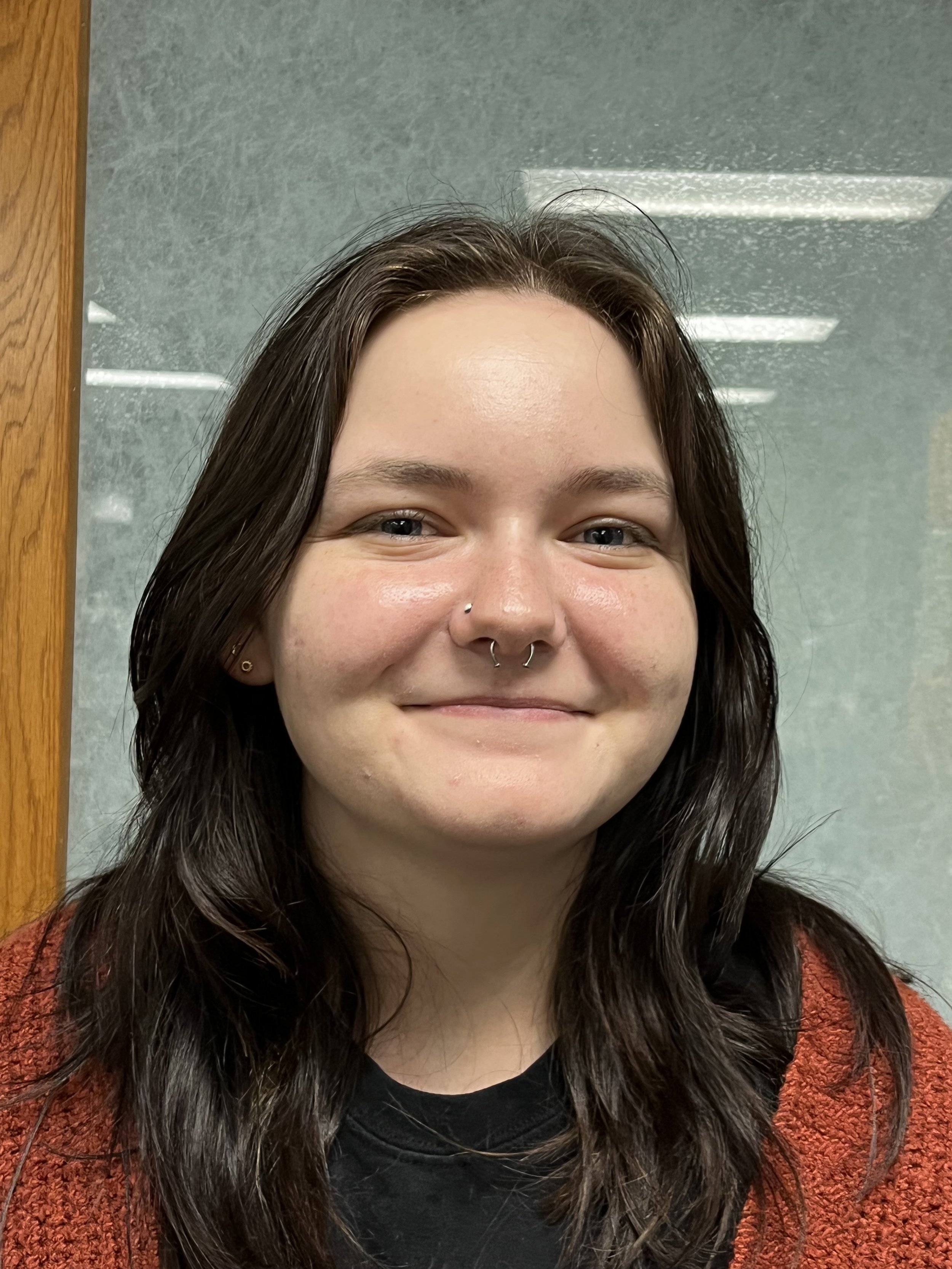Exploring Bisexual “Zines” with Emma Anderson
By Emma Anderson
The CDH regularly speaks with students, faculty, and members of the community about their experience with Digital Humanities. Want to contribute to “DH Conversations?” Let us know!.
First tell us a little about your research.
In my HUM-402: Digital Humanities Practicum class, I researched bisexual representation in zines from the 1990s to the 2010s. Bisexuality’s existence has been denied on both ends of the sexuality spectrum and these zines express the emotions of bisexual individuals that deal with this erasure. I wanted this research to promote awareness of bisexual erasure, but still be a place where bisexual voices can be heard. I conducted this research for a digital humanities practicum. I used Instagram as a platform for my project. The Instagram is still up and is named @bisexualzines for anyone who is interested in reading these pieces.
How did you first become interested in digital methods and/or digital humanities scholarship?
I originally became interested in digital humanities because of the accessibility of it. With technology continually evolving, it is great to easily access information on different topics that are unavailable locally to researchers.
Are there any specific digital resources that have influenced your work?
Two resources that influenced my work and that I recommend for others to look at are the Digital Transgender Archive and the Queer Zine Archive Project (QZAP). I was introduced to zines from the Digital Transgender Archive and what they mean for the communities they represent.
Emma Anderson is currently an undergraduate student at the University of Southern Mississippi working on her bachelor’s degrees in History and Library and Information Sciences.

